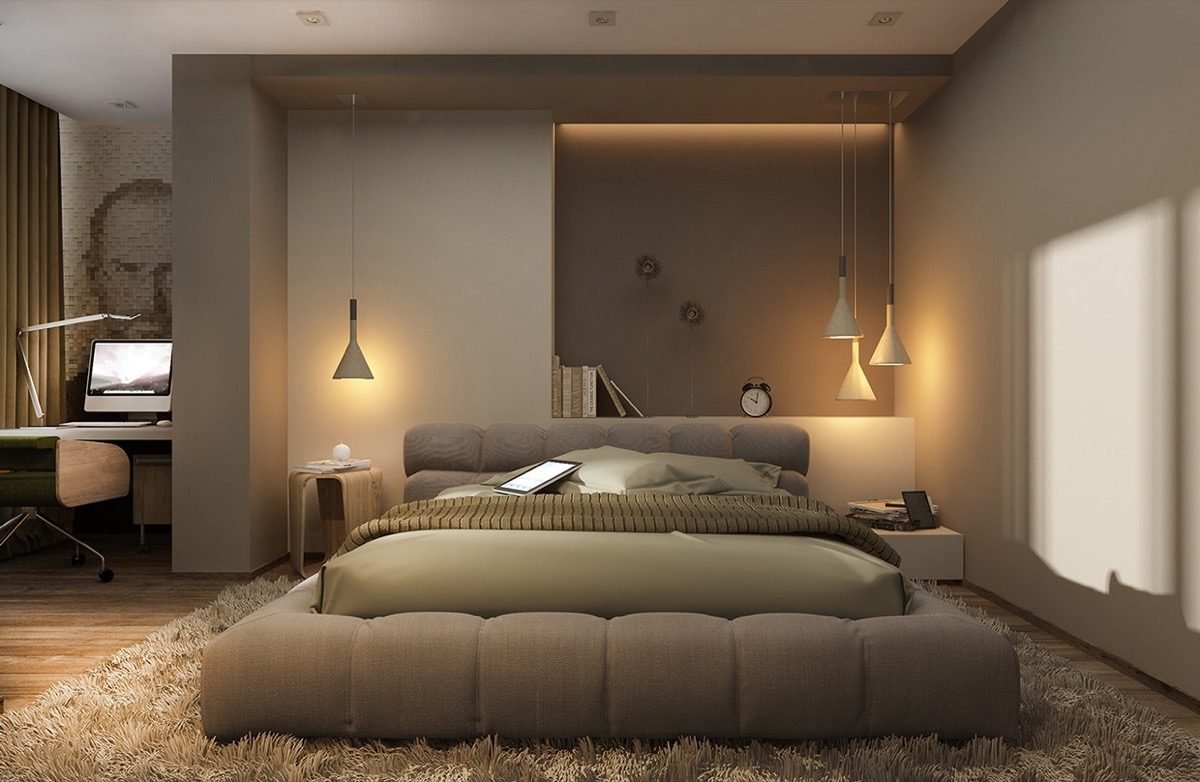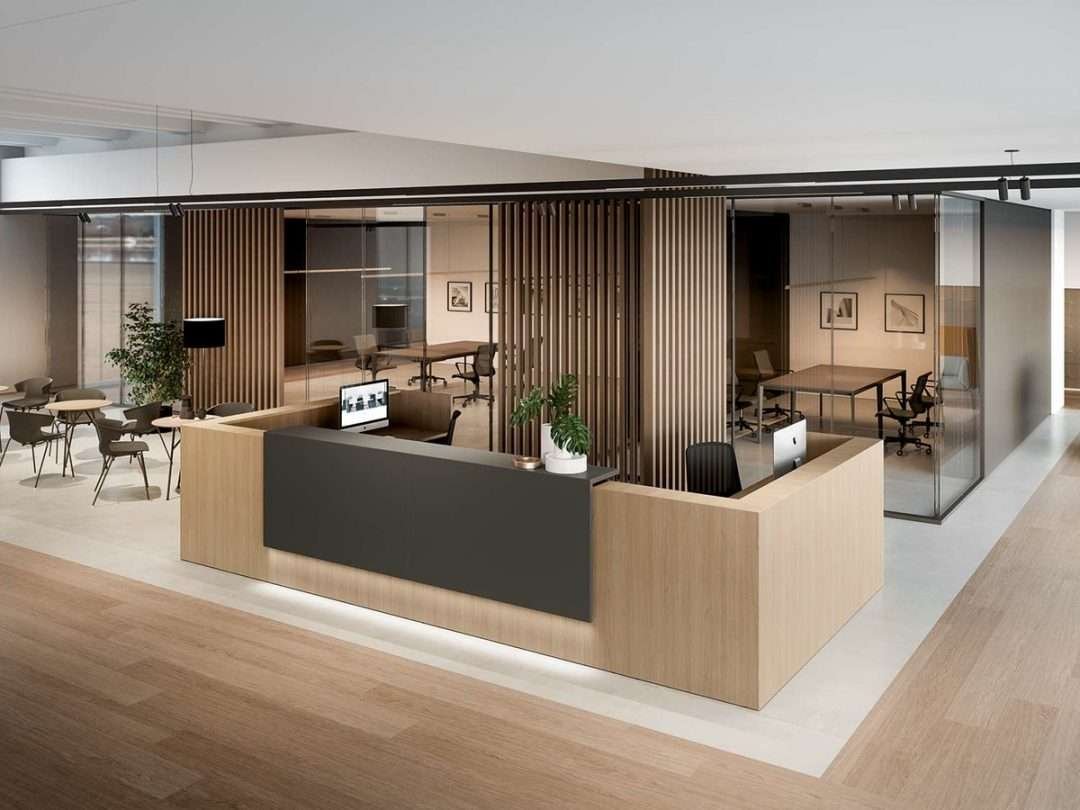The Impact of Lighting in Interior Design: Creating the Right Ambience

Lighting is a powerful element in interior design, capable of transforming not only the appearance of a space but also the way it feels and functions. This blog explores how different lighting choices can influence mood, alter perception, and create the desired ambiance in any environment.
The Role of Natural Light
Natural light is universally preferred for its ability to enhance the aesthetics of a space and elevate mood. It can make rooms appear larger and more open, and studies have shown that exposure to natural light improves productivity and comfort. To maximize the benefits of natural light, consider the placement of windows and the use of reflective surfaces to amplify light throughout the space.
Artificial Lighting: More Than Just Functional
While natural light plays a crucial role during the daytime, artificial lighting takes precedence when the sun sets. The strategic use of artificial lighting can create a warm, welcoming atmosphere or a bright, energetic environment. It involves three main types:
- Ambient Lighting: This is the main source of light in a room, often provided by ceiling fixtures. It creates a uniform light level throughout the space, setting the foundational mood.
- Task Lighting: As the name suggests, task lighting is used to illuminate specific areas for activities like reading, cooking, or working. This type of lighting is crucial in areas where focus and detail are important.
- Accent Lighting: Used to highlight architectural features or important elements like artwork, accent lighting adds depth and dimension to a room, enhancing the overall aesthetic.
Lighting Temperature and Its Psychological Effects
The color temperature of light—measured in Kelvin—can significantly affect how we perceive a space. Warmer lights (lower Kelvin values) emit a cozy, yellowish hue, ideal for relaxing settings such as living rooms or bedrooms. Cooler lights (higher Kelvin values), emitting a bluer light, are energizing and better suited for bathrooms or kitchens where tasks need clarity and concentration.
Dimming: Flexibility in Ambience
The ability to adjust light levels with dimmers can dramatically change the ambiance of a room. Dimming lights can create a romantic or calm atmosphere while brightening a space can enhance alertness and energy levels. Using dimmers can also be economical, extending the life of bulbs and reducing energy consumption.
Creating Contrast with Light and Shadow
Contrast in lighting can add visual interest and drama to a space. By using directed light to create shadows or highlight certain areas, designers can manipulate the space’s visual weight, guiding the eye and affecting the room’s perceived size and shape.
Conclusion
Lighting is a vital aspect of interior design that goes beyond mere functionality. It plays a crucial role in setting the tone and mood of a space, influencing not only how a space looks but also how it feels. Understanding the different types of lighting and how to use them effectively can transform any environment into a more pleasant and functional area.
At Urban Canvas Design Studio, we specialize in crafting lighting solutions that enhance the functionality and atmosphere of your spaces. Interested in exploring how the right lighting can elevate your environment? Fill out the form below to connect with us and learn more. For more information or to book a consultation, contact Urban Canvas at +91 81001 12900 or hello@ucmail.in





